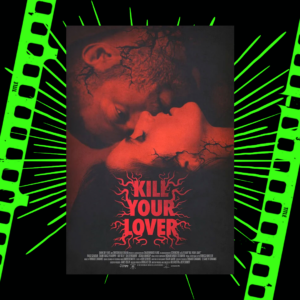
BODY HORROR “KILL YOUR LOVER” NOW AVAILABLE ON VOD IN UK & IRELAND
KILL YOUR LOVER (Winner of Dead Northern’s Best Feature 2024), a razor-sharp and visceral exploration


Creepshow is a highly regarded classic that hasn’t once been pushed aside in either popularity or cultural significance even after an entire 40 years. This timeless gem was created by two of horror’s most devilish minds, Stephen King and George A. Romero, with legendary effects artist Tom Savini also joining the macabre team. What inevitably works so well within Creepshow is the anthology method of filmmaking which allows for plenty of short films to unfold, all encompassed by an overarching story, which in Creepshow’s case regards a young boy, Billy (Played by King’s son Joe Hill) who is scalded by his domineering father for reading a horror comic, leading to the comic book’s host ‘The Creep’ coming to life and showing Billy what true horrors lie ahead. Over the years, Creepshow has inspired multiple sequels and a TV series on Shudder following the same anthology format.
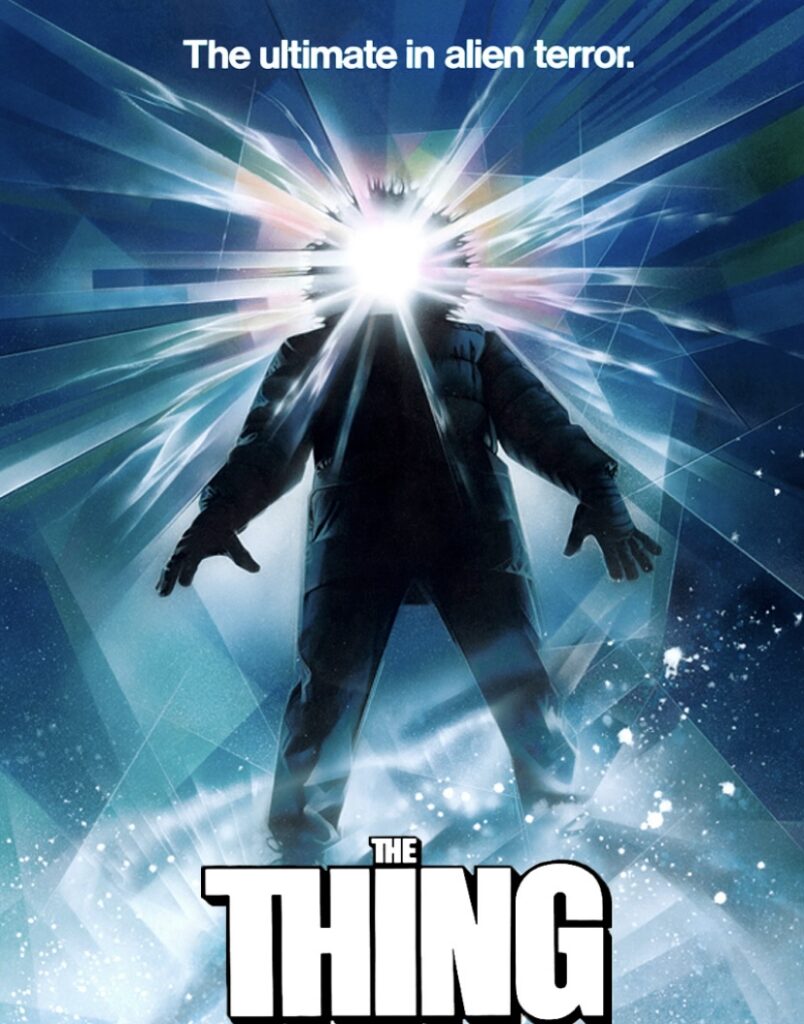
John Carpenter needs no introduction, with staples such as Halloween (1978),The Fog (1980), and Christine (1983) all residing in his densely rich filmography. However, one of the most important and groundbreaking entries to come from his work (and the 1980s in general) is The Thing, a body horror spectacular that shows off a plethora of fascinating practical effects like it’s participating in a gory pageant show. Quite surprisingly, upon its initial release the film was rather bashed by seemingly everyone, apparently it was too ‘nihilistic’ for audiences. However, just as Carpenter says himself, the film was incredible, but the cinematic territory of the time was just not prepared for something so intense, unpredictable, and electrifying. The film would purposefully take its time in setting up a cushty relationship with the characters and divulging into the backstory, only to disrupt any sense of harmony in the most shocking and gnarly way possible. As The Thing turns 40, it’s more important than ever to look back on how the land of film has changed overtime and how previously thrashed horrors have come back with a bigger bite than ever before.

“They’re here”… That famous quote that terrified audiences for years still rings as eerie today, 40 years on. And whilst ghost movies have gone through leaps and bounds since then, Tobe Hooper and Steven Spielberg’s sensational collab is just as gripping and action-packed as it was when it was first released. Poltergeist transformed the ghost story from being one set in a grand manor occupied by Victorian spirits to one that shows an unstoppable force that fashions itself to suit its victims fears. Hooper takes his time is dissecting all of the madness and mayhem, leaving no horrific stone unturned.
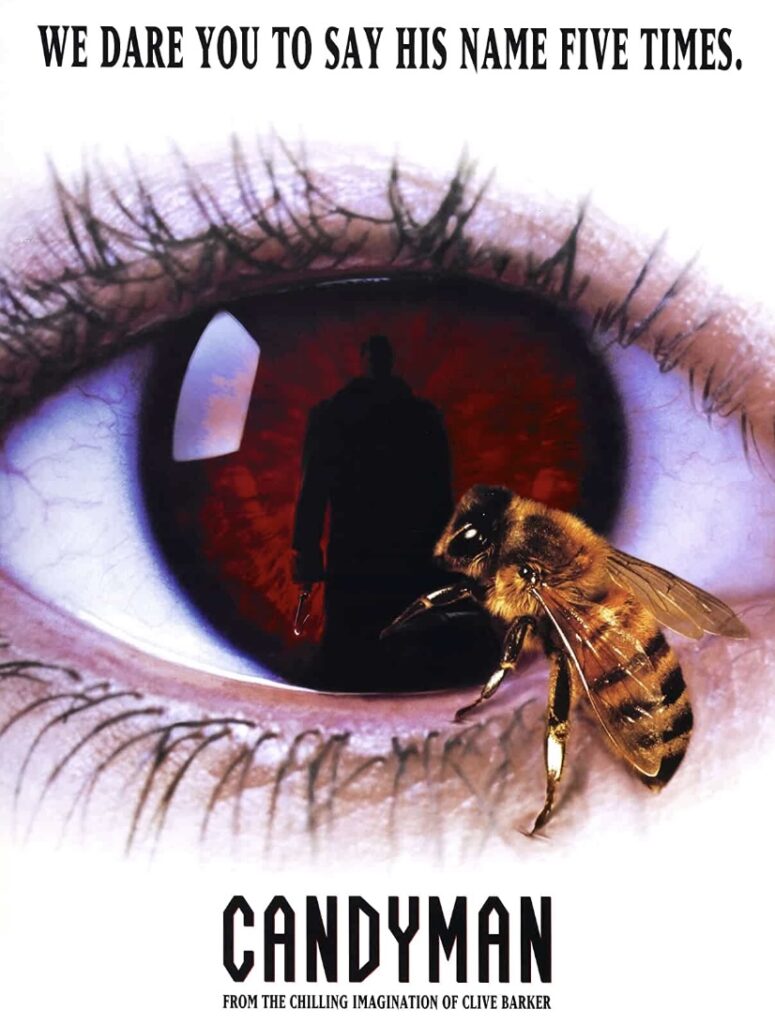
Based on Clive Barker’s short story The Forbidden (1984) is Candyman, a legendary take on injustice through the lense of a meticulously startling premise. The entire idea that a creature from the great unknown will appear before you upon muttering their name is not an alien concept within filmmaking, urban legends such as the ‘Bloody Mary’ hoax all stir that urge to connect with something beyond reality; through Candyman implicating that this barrier can be broken in the comfort of familiar surroundings makes the boogeyman lore even more terrifying. But, rather than the film focusing too much on the above gimmicks, a tale of retribution and moral corruption is additionally explored, creating a narrative that stands the test of time.

When Army of Darkness is reminisced upon 30 years after its release it’s easy to see it as a simple irreverent ride that has no trouble in standing out. And whilst part of that sentiment is true, this third entry in The Evil Dead franchise also served as a stepping stone in creating the action horror hero, as well as cementing the franchises reputation of managing to deliver the rare combination of gory frights and absurd comedy all at once. As the years have progressed, Army of Darkness is largely responsible for all of the expanded works to come from The Evil Dead, including a span of successful comic books, a video game focusing solely on the Army of Darkness events, and a TV series titled Ash vs Evil Dead.
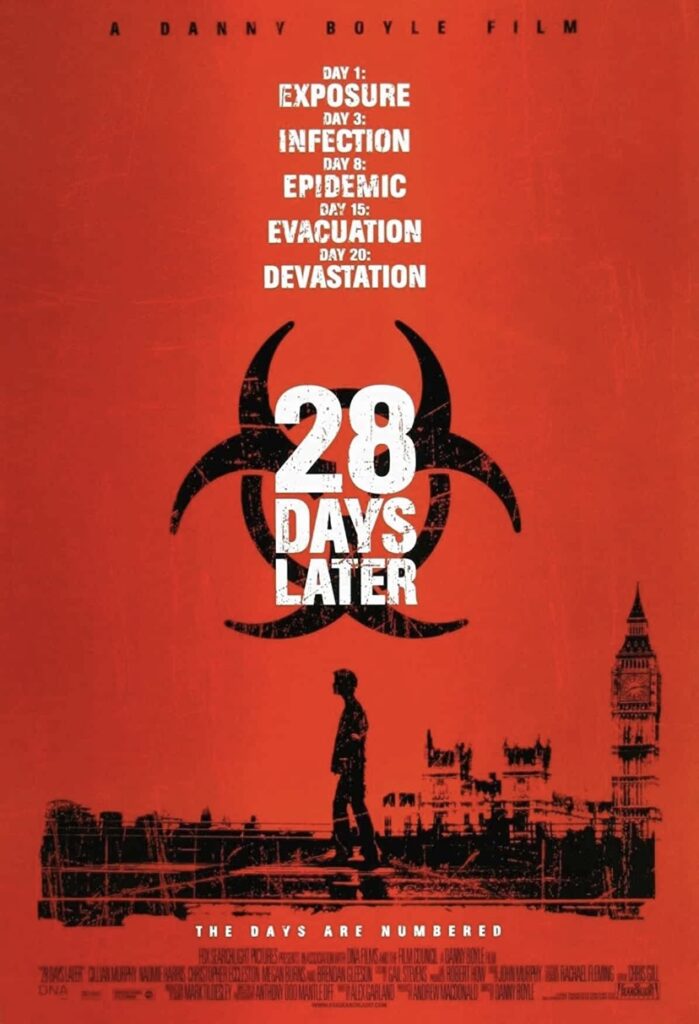
Zombies have enough potent power to knock spiny tingling fear into even the most ‘nerves of steel’ viewers, with their rotting skin, appetite for brains, and expressionless persona making for the perfect creature feature. The undead are visceral enough on their own, but when these attributes are combined with supersonic speed and senseless rage a recipe for gory success is created. Danny Boyle’s 2002 zombie extravaganza 28 Days Later brought the weakened, overdone genre back to life in what can be described as a chaotically violent and nail-biting display of how horror can both provoke a pure visceral reaction whilst also leaning in on the social disposition zombies originate from. The film expertly weaves in the common notion of morbid curiosity, and how the downfall of society is due to humanity, not some act of god. 28 Days Later is grounded in realism, making it beyond terrifying and a fright to remember.
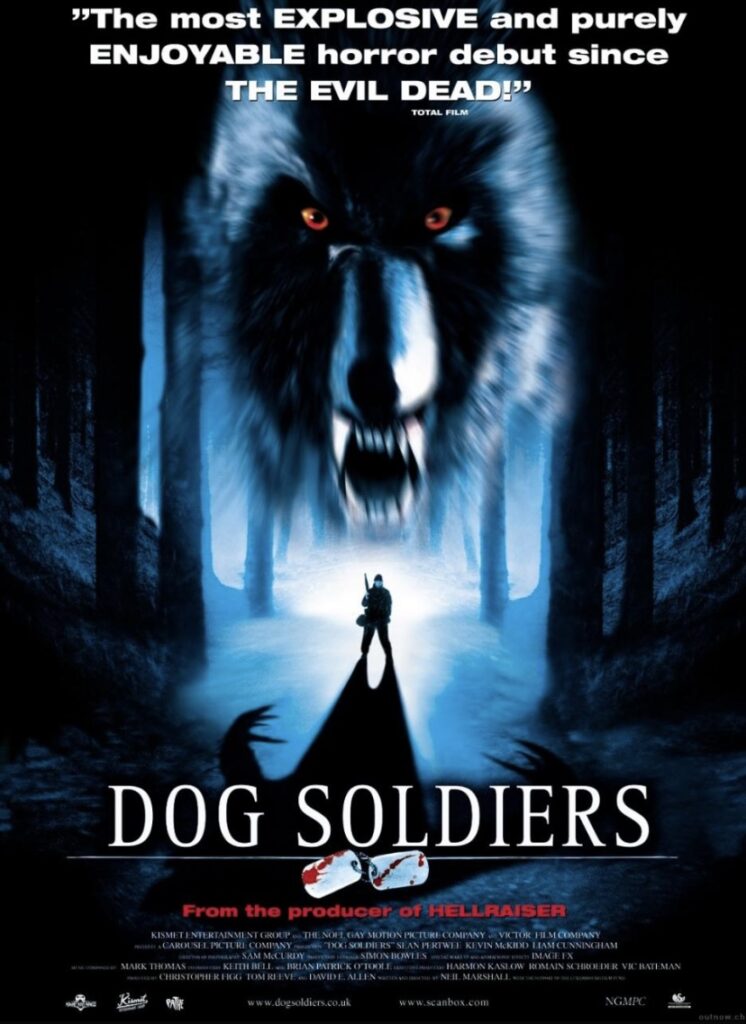
Neil Marshall has become a horror extraordinaire with his features Dog Soldiers and The Descent (2005) creating an acclaimed ridden tidal wave amongst critics and viewers alike. And whilst The Descent reigns champion on nearly every genre list, it’s important to remember where Marshall’s journey began. Like all ghouls and goblins, werewolves have a long running history in the genre, with films such as The Howling (1981) and Ginger Snaps (2000) focusing on the bestial connection within the body, but rather than Dog Soliders placing the horror in second place to favour a story dripped in empathy towards the beast, Marshall emphasises the sheer fear and teeth-chattering terror that werewolf’s exude. Dog Soldiers quintessential Britishness, including plenty of dark off-kilter humour, combined with Marshall’s talent for grounding the dread in such a brutal way ensures that this lycanthrope masterpiece will remain of utmost cinematic importance for many years to come.
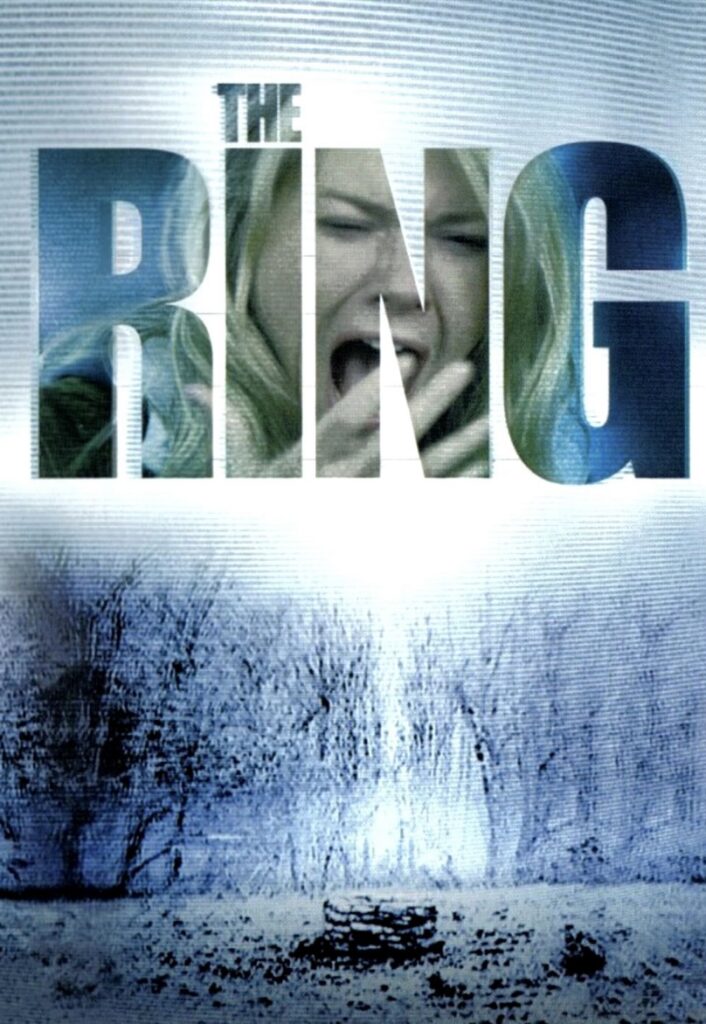
Hideo Nakata’s Ringu (1998) perfectly displayed the early 2000s underlying fear of technology taking over through the guise of an Onryō ghost origin story. And whilst remakes receive a rocky reputation, Gore Verbinski’s retelling of Japan’s number one horror film was both a financial triumph and a kickstarter in the J-horror era of cinema. Summoning a beyond bleak atmosphere that surveys heavy melodramatics and themes of guilt and hopelessness is the film’s attention demanding cold palette that acts like a spell, positioning the viewer to unearth their own feelings of loss and doom. Above everything, what allows The Ring to be held as such a highly regarded 2000s horror is Verbinski’s dedication to retelling Ringu under his own unique interpretation without butchering or over-westernising the original’s motives.

Scott Derrickson is hot off the press at the minute with his latest feature The Black Phone (2021) receiving endless deserving praise. However, let’s not forget his 2012 showstopper that has been named as one of the scariest films according to a 2020 study. Sinister wielded intensely disturbing imagery found within the reels of super 8 footage, alongside the hauntingly memorable character design of Bughuul (Nick King), the resident boogeyman for the film. Across the horrific journey that Derrickson takes the audience on is a keen sense of deliberate misdirection, where the origins of Bughuul and the third act’s fate remains very much in the dark until the very last minute, ensuring that plenty of hair raising tension is to be had.

Although it seems like yesterday when the movie scene was all about the latest meta-horror The Cabin in the Woods, it actually turns out that it has been a whole decade since this self-referential puzzle was released. The feast of raunchy humour, throwbacks to beloved classics, and overarching sense of pandemonium over the whole ‘world is ending’ commotion results in a film that is so complexly winded that it’s hard to not want to congratulate Drew Goddard for managing to put on such a circus so flawlessly. Amidst all the dynamic effects and scenes is the film’s way of throwing in something for everyone, whether it’s gigantic arachnids, zombie rednecks, or a merman, The Cabin in the Woods has it all!
Looking for more top horror lists and reviews? Check out our blog here..


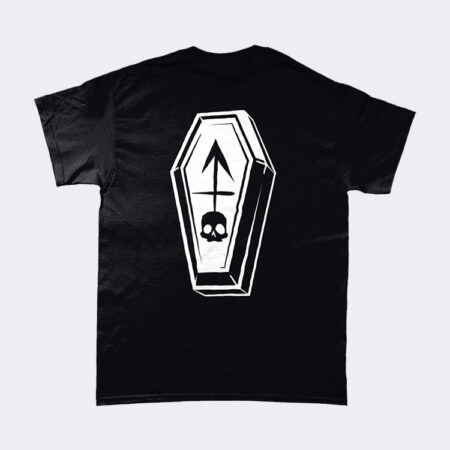

KILL YOUR LOVER (Winner of Dead Northern’s Best Feature 2024), a razor-sharp and visceral exploration
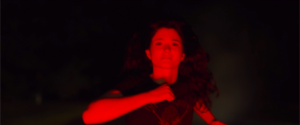
Amy (Hannah Deale) barely scrapes by; working two thankless jobs whilst simultaneously caring for her

In 2022 M3GAN dominated screens and for the most part, created a cult fanbase who
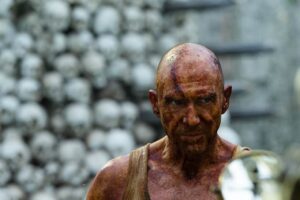
British director Danny Boyle and writer Alex Garland compelled the masses with their triumphant ‘28